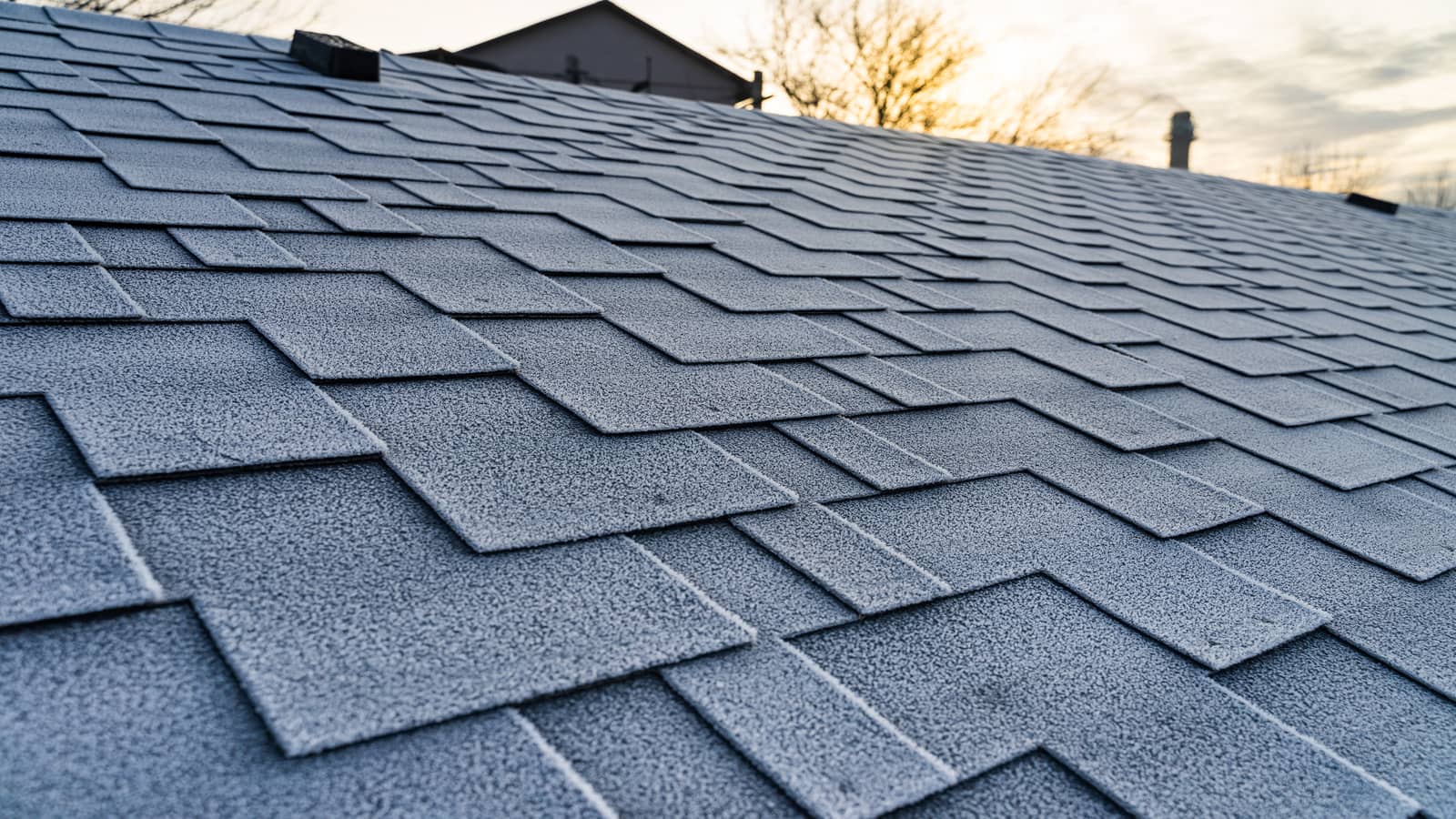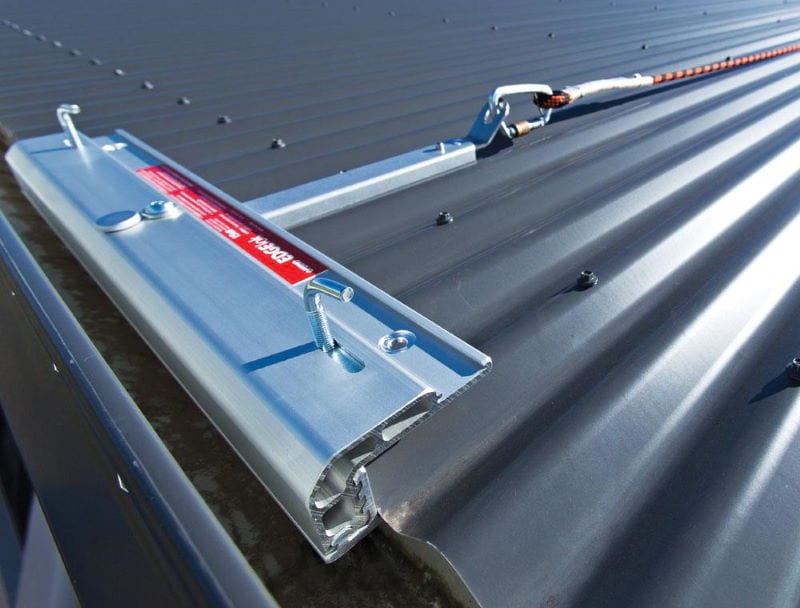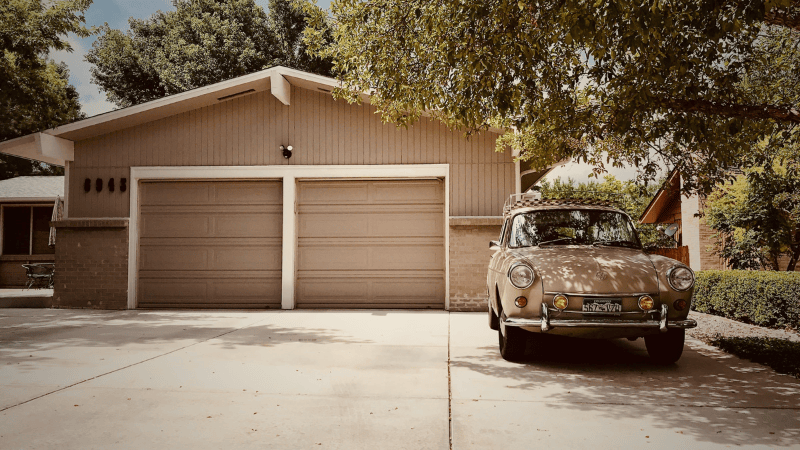Choosing a suitable and durable roofing material is very important. The right material can protect your property from different weather elements, make it more energy-efficient, and improve its curb appeal.
Knowing the different kinds of roofing materials and how maintainable they are can help you make a wise and informed decision. Keep in mind that installing a roof isn’t a decision that should be taken lightly, as it’s one of the most important things that will protect your property and the people living there.
The way roofs are made and the materials used have significantly improved. Nevertheless, if you’re having difficulty choosing the right material, you’re in the right place. In this guide, you’ll learn more about the different kinds of roofing materials and some of the important factors you need to take into account when choosing.
What Are the Different Kinds of Roofing Materials?
Here are some of the most common roofing materials available in the market. Be sure to read every type so that you can easily choose the one that suits your needs.
1. Asphalt Shingle
It is one of the most popular roofing materials on the market. Typically, it is made of a fibreglass base submerged in asphalt. It is also coated with mineral grains to make durable roof coverings.
Asphalt shingles are available in two categories: architectural shingles and three-tab shingles. If you’re looking for a more affordable shingle, you can opt for the three-tab, but it is only made with a single layer. On the other hand, the architectural shingle is made of two or three layers and is also known for its durability.
Nevertheless, asphalt shingles can be a great option if you have an architectural roof detail with tricky flashing needs and want unique colour options and different designs. It’s also for you if you’re after the ease of installation.
2. Slate
This kind of roof material has a unique look that’s usually traditional and high-end architectural houses. While it is often gray, slate is also available in different colours.
Further, this type is for you if you want to take advantage of slate's natural insulation. It’s also possible to get it if your building construction can support the material’s weight. If you‘ve decided to get this type, there are lots of sellers offering slate roofing or you can check in your local area if stores are selling such roof material
3. Metal
This roofing material can give a clean and modern look, especially when made of stainless steel. When it is done in copper, it can give a period aesthetic. You can choose between standing seam metal roofing and metal shingles.
Stainless steel, copper-zinc, galvanized steel, and aluminium are the most common metals available. The type of metal you pick will affect the durability and strength of the room. Nonetheless, you can choose this type if you want fire-resistant and quality roofing.
Things to Consider When Choosing the Right Roofing Materials
Aside from the type of material, there are other important factors that you need to consider when choosing, such as the following:
1. Your Budget
Every roofing material has different prices for every square foot. For instance, one of the most sought-after choices is slate roofing. But it comes with a higher price compared to asphalt shingles and metal. So, if you’re willing to spend more on a higher-end roof material, you can expect long-term value.
2. Local Building Code
No one wants to breach the regulations or building codes implemented by the local homeowners association. Breaching these codes will compromise the roof’s performance and make your property stand out—but not in a good way.
With that in mind, you should work with a local expert who specialises in roofing and is aware of the building restrictions in your area. From there, you will have an idea if your chosen material is acceptable or if you’ll need to make another option.
3. Climate
Considering the climate in your area is crucial when picking a roofing material. If it rains most of the time, you’ll need a material that can withstand heavy rain. You can also invest in sloping roofs that easily allow snow and water to drain.
On the other hand, trees that are higher than your roof and a humid coastal climate, may lead to algae, moss, mildew, and mould growing on your roof, badly affecting the performance. For such problems not to exist, opt for materials that can withstand these environmental conditions.
If you live in an area with hotter climates, some options include slate tiles, terracotta, or concrete. But slate, asphalt shingles, and metal are ideal for colder areas, as they can effectively trap heat.
4. Weight
It’s also crucial to consider the roof’s weight as a heavy material may affect the structural integrity. To avoid any problems, you should choose a roofing material that complements the structural components of your building.
In fact, as years pass, buildings might begin to lose their strength. For example, if you have a property that’s been standing for over four decades, it may be wise to lessen the whole building’s pressure by choosing low-weight roofing materials such as asphalt.
5. Energy Efficiency
With the proper roofing, you can save on energy bills. Some roofing materials, such as asphalt shingles and metal, reflect the heat of the sun away from your attic instead of absorbing and transmitting it below.
Since you’ll have a cool roof, your air conditioning will not need to function to bring down the temperature to make the area comfortable. With that in mind, it can have a considerable effect on your monthly energy bills.
Conclusion
By considering the factors discussed above, you can easily narrow down the roofing materials options for the building you’re trying to build. Hopefully, with this post, you can choose the right material that fits your needs and even your budget. Be sure not to compromise the quality over the price. After all, your roof can serve you for many years to come as long as you care for it.







